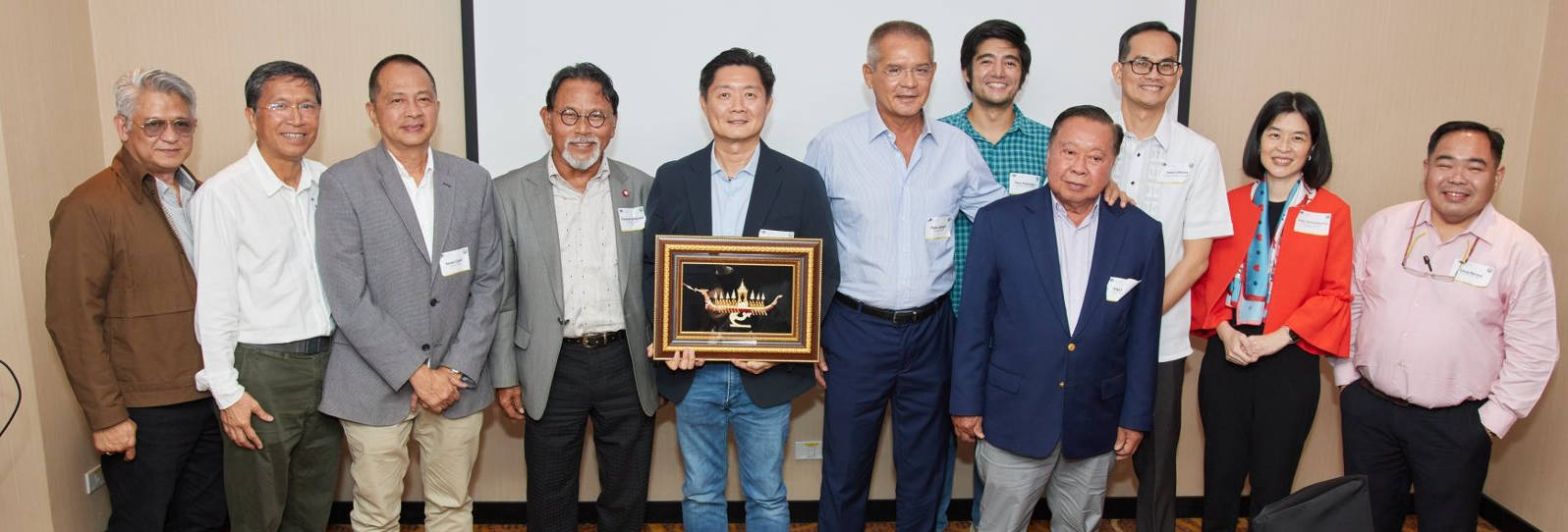BY JAMES KONSTANTIN GALVEZ, TMT ON NOVEMBER 2, 2016 (Manila Times) | https://goo.gl/1cSFea
The warming relationship between Manila and Beijing could have long-term benefits for the local sugar industry, the Sugar Regulatory Administration (SRA) said, as the sector continues to look for more stable markets outside the United States.
“We need to look for new markets, and China is a huge user and importer of sugar,” Rosemarie Gumera, SRA policy and planning manager, told reporters.
Gumera said that the Philippine sugar industry is hopeful that President Rodrigo Duterte’s recent visit to Beijing would pave the way for stronger trade relations with Manila, particularly on agricultural goods such as sugar.
“We already have regular buyers in China since we are already shipping for the world market, but we lost them to Thailand and Brazil,” the official said.
“We are hopeful that recent state visit could help the sugar industry renew trade ties and possible expansion of shipments Chinese buyers,” she added.
At present, the majority of Manila’s sugar exports go to the United States under a tariff-rate quota scheme. The Philippines is one of the select countries given an annual allocation of sugar exports (136,201 metric tons) to the US market at a premium price and a relatively low tariff.
Besides the US, Gumera said that China would be an ideal market for Philippine sugar as the industry works on increasing production with in the next five years.
“We are now at 55 tons cane per hectare in terms of production. Under the sugar roadmap, we are targeting to hit 70 tons cane per hectare by 2020,” she said.
“If we are able to hit this capacity, we can ship as much as 500,000 MT of sugar to China and other Asian markets, which is now considered as the demand center for the sweetener,” she added.
Gumera also said that they are also looking at beefing up the country’s ethanol production alongside food production to keep the sugar industry competitive.
“We want to ensure the survival of the local sugarcane industry,” she added.
“The industry has to improve its farm productivities and industrial efficiencies to maintain net sugar exporter status,” Gumera said.
SRA has been looking for opportunities to help the sector survive beyond 2015, which marks the start of the full integration of the Asean Economic Community. Starting last year, the tariff on imported sugar from Asean countries was brought down to 5 percent.
Amidst the threat of 5 percent tariff imposition on sugar importation under the Asean Free Trade Agreement (AFTA), SRA said that each sector of the industry has its own challenge to face—including the need to reduce farmers’ cost of production; the millers need to be more efficient; the traders need to stay on top of the market; and the government must use all means in ensuring that cheap imported sugar doesn’t flood the domestic market.
Anchored on the sound principle of “doing more with less,” the government is taking the lead in boosting the industry by means of strengthening the small farmers through block farming, and credit and financing schemes in cooperation with Department of Agriculture, the Department of Agrarian Reform, and Landbank of the Philippines.
However, without any financial assistance from the government, the industry and the whole sugarcane value chain will shrink, leading to the displacement of workers and declining economic growth of major sugarcane-producing provinces, the SRA said.
At the same time, investors in biofuels, ethanol and other allied trades have been given the green light to continue their initiatives towards a more resilient sugarcane industry.
The sugar industry contributes no less than P70 billion to Philippine economy annually. Out of the total land area of about 30 million hectares, sugarcane is planted in about 422,500 hectares in the Philippines, with about 62,000 farmers.


